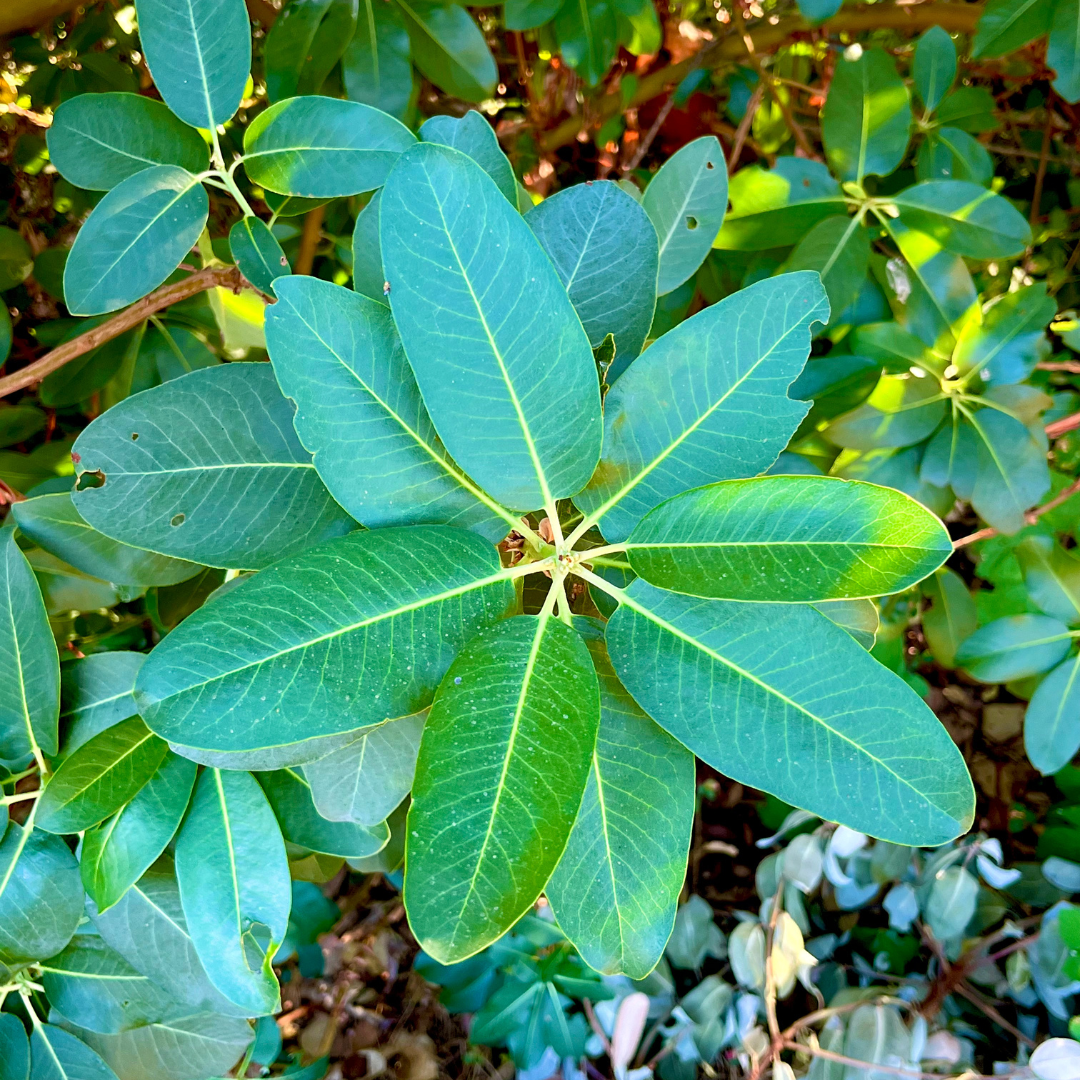Madrone Hedgerow
A Madrone on the Frey Ranch
Welcome to the Madrone Hedgerow, our featured native plant of Northern California for the month of December. Each month we profile a different plant that is an integral part of our home Biodynamic ranch ecology at Frey Vineyards. Grapes are at the heart of our farm, but we also have a surrounding biodiversity reserve. Between the wildlands and the grape vines, we have transitional hedgerow zones.
December’s Herbal Highlight from the hedgerows is the wild, the elegant, the strong, madrone tree. Arbutus menziesii, the madrone native to the West coast of the United States and Canada, has many monikers: the Arbutus tree, the Pacific Madrone, Strawberry tree, and the Madrona tree are among the common names.
If you ever come upon a madrone hedgerow, the feel of the tree’s exposed skin is soft and smooth and cold, even in the hot Northern California summers. This attribute has earned it another nickname, the “refrigerator tree.” This also makes it a fine choice as our December Hedgerow plant, as it's extra chilly at Frey Vineyards at this time of the year.
The outer “exfoliating” bark beautifully peels away from the tree in curls that eventually fall back to the earth. These curls and the tree’s falling leaves create a thick mulch around the tree itself that the madrone seems to really enjoy.
Although many wild plants can do well in captivity, the native madrone much prefers to have a wilderness location with minimal interference on the forest floor. For this reason, it is somewhat rare to see the native Madrone outside of the wild. Several of our vineyards are however bordered by wooded hedgerow areas that do include thriving, wild madrone trees. Aside from the wild animals moving along their routes and the occasional human enjoying nature, our madrones are largely left to themselves. The trees tend to do well living in community, enjoying the company of another madrone or even a guild of madrones, rather than growing alone.
The madrone has a deep affinity for the sun, and its branches will twist and turn to find the best way to take in the sunlight. The trees can grow over a hundred feet in height! As they grow up, they may lean over to find the path to the light. For this reason, the trees have diverse growth patterns based on their unique placement in a forest. They are seen as a symbol of strength, survival, and resilience by many. In the case of a disturbance such as fire or logging, madrones can and do re-sprout from their wide-spreading root system.
In the eco-system, our Madrone tree hedgerow provides important habitat for many different bird and wildlife species including robins, cedar waxwings, bandtailed pigeons, varied thrush, and quail. Raccoons, ringtails, and bears have been known to eat the berries. Our herd of goats definitely browsed on the understory of the trees.
In the Spring they flower, supporting local pollinators with their substantial blooms. Then, in the Fall they produce prolific red berries which have traditionally been used as food by indigenous people and native animals. Because the berries are fairly high in tannins, they are usually not a large food source in themselves. However, the berries were traditionally gathered to make a Madrone cider.
The leaves and bark are used medicinally as well, brewed into an astringent tea which is great for wound washing, soothing poison oak rashes, and can even be taken internally for various ailments. Locally, the Pomo women are reported to have used the madrone tea as a beauty face wash.
Today on the Frey ranch, we’re grateful to be in the company of these amazing trees. As a family of naturalists, we enjoy seeing the way that different plants interact with the local wildlife over the year.



